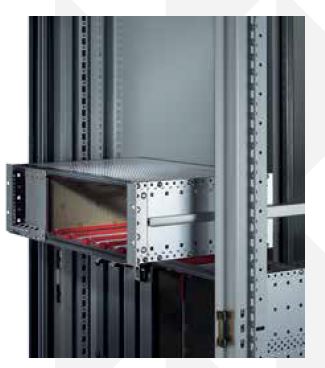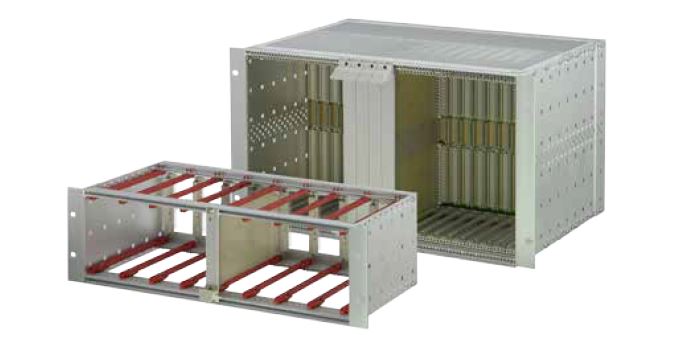Subracks Requirements, selection criteria and options for adaptation
1. Introduction Areas of application
Subracks hold printed circuit boards and
plug-in units and conform to the 19”
standard (IEC 60297 3 101 ff). Versions
with a width of 84 HP can be assembled
into standard 19” electronics cabinets.
Different areas of application and the environmental
conditions associated with
them place different requirements on
these subracks, such as particular shock
and vibration resistance levels, optimized
heat dissipation, electromagnetic
shielding, and many other aspects.
2. What dimensions should the subrack have?

Fig.: 19” subrack installed in a 19” electronics cabinet
The dimensions of subracks are determined by the size and type of the electronics
assemblies to be housed. Also, by specifications or restrictions determined by the place of operation. Where ‘non-standardized’ electronics components are concerned, such as nonstandardized printed circuit boards Read More…

Contents
1. I ntroduction: Areas of application
2. What dimensions should the
subrack have?
3. What environmental conditions are
present at the installation site?
4. Which standards and
specifications must be observed?
5. What static and dynamic loads are
present?
6. I s electromagnetic shielding
required?
7. Should visual factors be taken
into account?
8. Should components such as
cabling, backplane, and a PSU be
already integrated?
9. I s the subrack easy to assemble or
does it come fully assembled?
10. Summary
11. C ompany portrait and notes on the
author


